Have you ever gazed up at the stars on a clear night and wondered if we are truly alone in the universe? The question of whether aliens are real has fascinated and intrigued people for centuries. From Hollywood blockbusters to conspiracy theories, the idea of extraterrestrial life has captured our imaginations. But what is the truth behind these stories? Let’s delve into the mysteries of the cosmos and explore the possibility of encountering beings from beyond our world.
The Search for Extraterrestrial Life
Humans have been searching for signs of extraterrestrial life for decades. Scientists use a variety of methods to scan the universe for any indication of otherworldly beings. From listening for radio signals to studying the atmospheres of distant planets, the quest to find aliens is a global effort. Several high-profile projects, such as SETI (Search for Extraterrestrial Intelligence), are dedicated to scanning the skies for any potential contact.
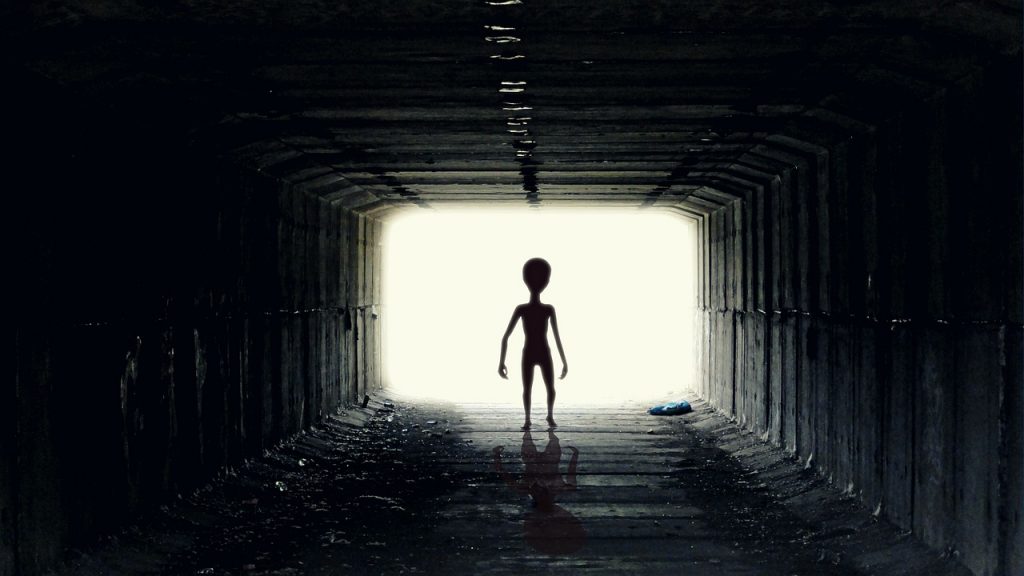
The Drake Equation
One of the most famous attempts to estimate the number of alien civilizations in our galaxy is the Drake Equation. Proposed by astronomer Frank Drake in 1961, the equation takes into account factors such as the rate of star formation, the number of planets that could support life, and the likelihood of intelligent life evolving. While the Drake Equation is not without its flaws, it provides a framework for thinking about the probability of alien civilizations existing.
Fermi Paradox
Despite our efforts to find evidence of extraterrestrial life, we have yet to make contact with any aliens. This discrepancy between the high probability of alien life and the lack of concrete proof is known as the Fermi Paradox, named after physicist Enrico Fermi. The paradox raises compelling questions about why we have not encountered aliens, despite the vastness of the universe and the potential for other civilizations to exist.
UFO Sightings and Alien Encounters
While the scientific search for extraterrestrial life focuses on empirical evidence, many people claim to have had personal encounters with aliens. From unidentified flying objects (UFOs) to abduction stories, reports of alien encounters have captivated the public imagination. While some of these accounts can be explained by natural phenomena or hoaxes, others remain unexplained mysteries.
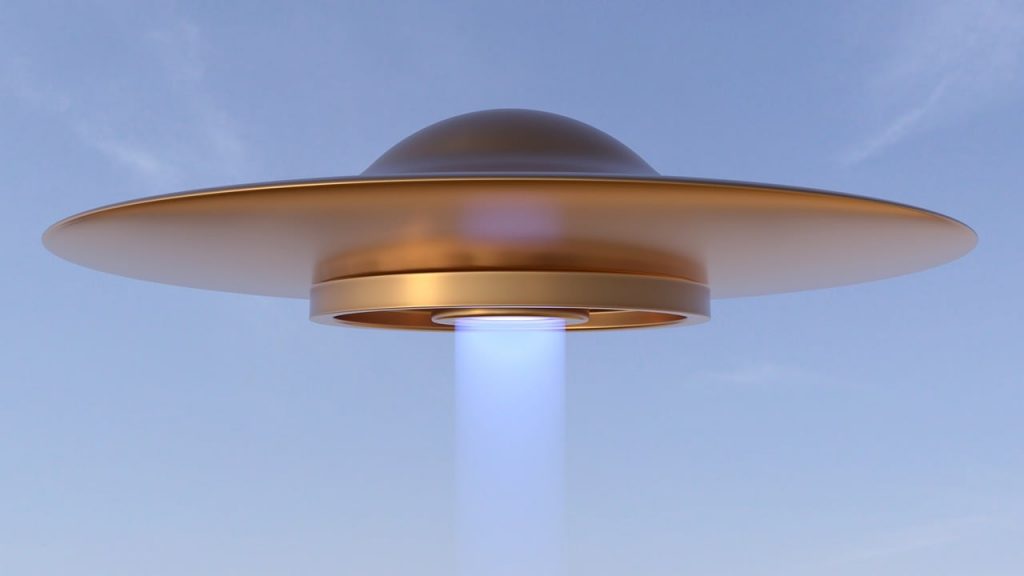
Roswell Incident
Perhaps the most famous case of a supposed alien encounter is the Roswell Incident. In 1947, a mysterious object crashed near Roswell, New Mexico, sparking rumors of a crashed UFO. The U.S. military initially claimed the object was a weather balloon but later retracted their statement, fueling speculation of a government cover-up. The Roswell Incident continues to be a hotly debated topic among UFO enthusiasts and conspiracy theorists.
Area 51
Another infamous location associated with aliens and UFOs is Area 51 in Nevada. This top-secret military base has long been the subject of speculation and conspiracy theories regarding extraterrestrial technology and alien experiments. While there is no concrete evidence to support these claims, the secrecy surrounding Area 51 only adds to its mystique.
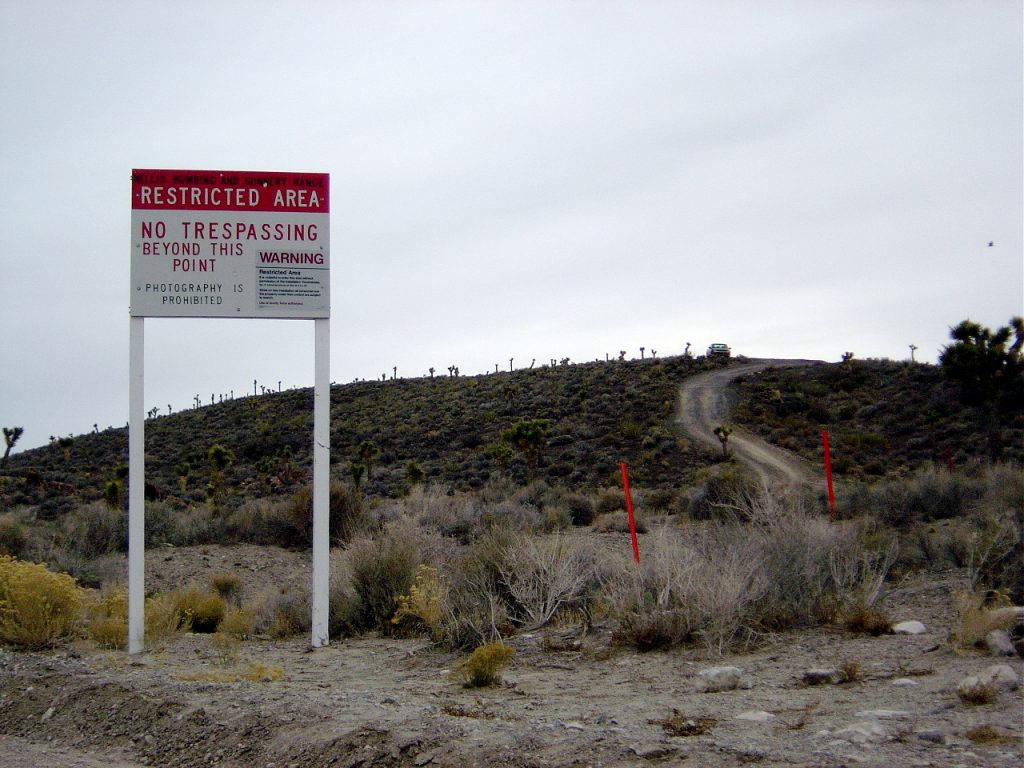
Exoplanets and the Search for Habitable Worlds
In recent years, astronomers have made significant advancements in the discovery of exoplanets – planets located outside our solar system. Many of these exoplanets are located within the habitable zone of their stars, where conditions could be suitable for liquid water and potentially life. The discovery of these worlds has reignited interest in the search for extraterrestrial life.
Kepler Mission
The Kepler Space Telescope, launched by NASA in 2009, revolutionized the study of exoplanets by identifying thousands of potential candidates. By detecting the subtle dimming of stars as planets pass in front of them, Kepler provided valuable data on the prevalence of exoplanets in our galaxy. While not all of these planets are Earth-like or habitable, they offer new insights into the diversity of planetary systems.
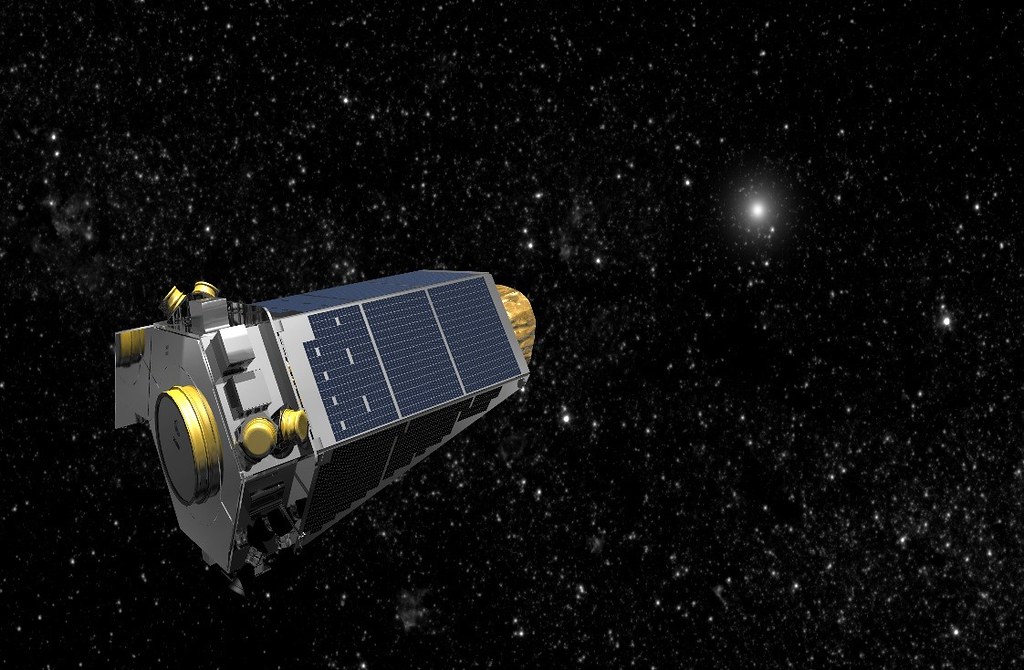
Goldilocks Zone
The concept of the “Goldilocks Zone” refers to the habitable zone around a star where conditions are not too hot, not too cold, but just right for liquid water to exist. Water is a crucial ingredient for life as we know it, making the Goldilocks Zone a key factor in the search for potentially habitable exoplanets. While not a guarantee of life, planets in this zone are considered prime candidates for further study.
The Future of Alien Exploration
As technology advances and our understanding of the cosmos deepens, the search for extraterrestrial life will continue to evolve. From upcoming space missions to the development of new telescopes and instruments, scientists are dedicated to unraveling the mysteries of the universe. While we may not have definitive proof of aliens yet, the possibility of making contact with other civilizations remains a tantalizing prospect.
Breakthrough Listen
Breakthrough Listen is one of the most ambitious projects aimed at detecting signals from alien civilizations. Launched in 2015, this initiative uses cutting-edge technology to scan the skies for any signs of intelligent life. With telescopes scanning millions of stars and galaxies, Breakthrough Listen represents a significant effort to find conclusive evidence of extraterrestrial intelligence.
James Webb Space Telescope
Launched in 2021, the James Webb Space Telescope is poised to revolutionize our understanding of the universe. With its advanced infrared capabilities, the telescope will be able to study exoplanet atmospheres in unprecedented detail, potentially detecting signs of life. The James Webb Space Telescope holds great promise for advancing the search for extraterrestrial life.
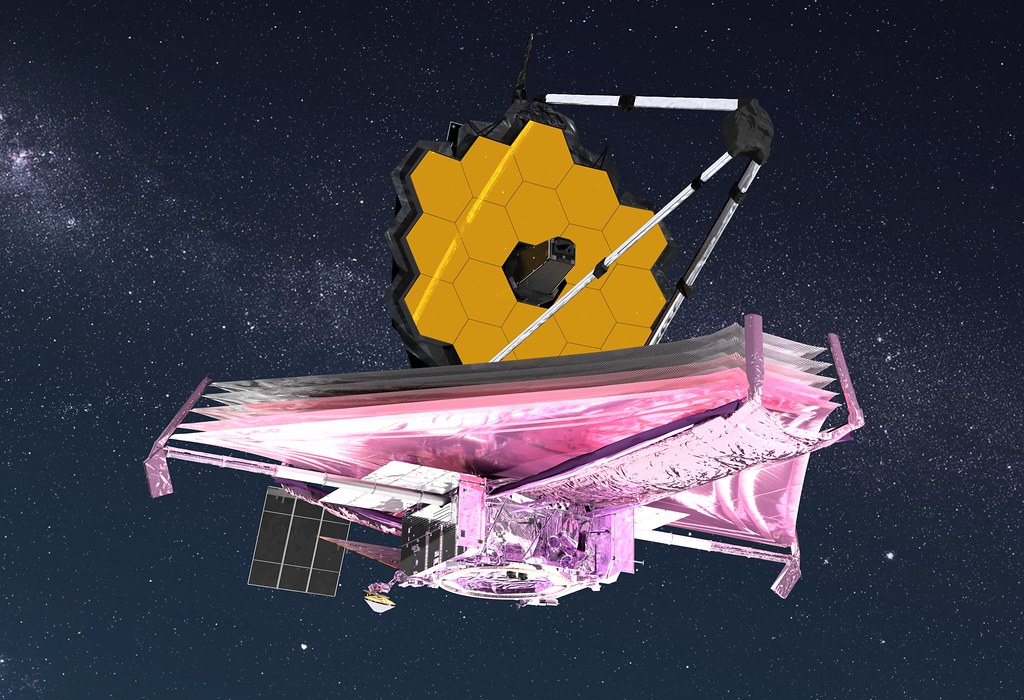
The question of whether aliens are real remains one of the greatest mysteries of our time. While we have yet to find concrete evidence of extraterrestrial life, the search continues unabated. From the discovery of exoplanets to the exploration of the cosmos, scientists are making remarkable strides in our quest to unlock the secrets of the universe. Whether we will one day make contact with aliens remains uncertain, but the journey to find out is filled with wonder, excitement, and endless possibilities in the vast expanse of the cosmos.











